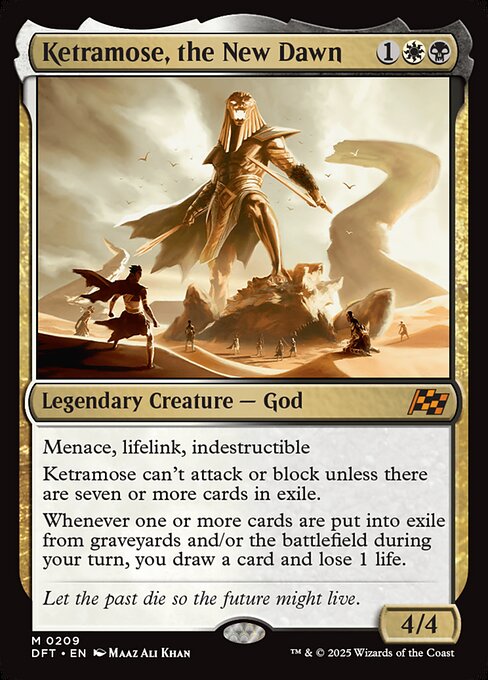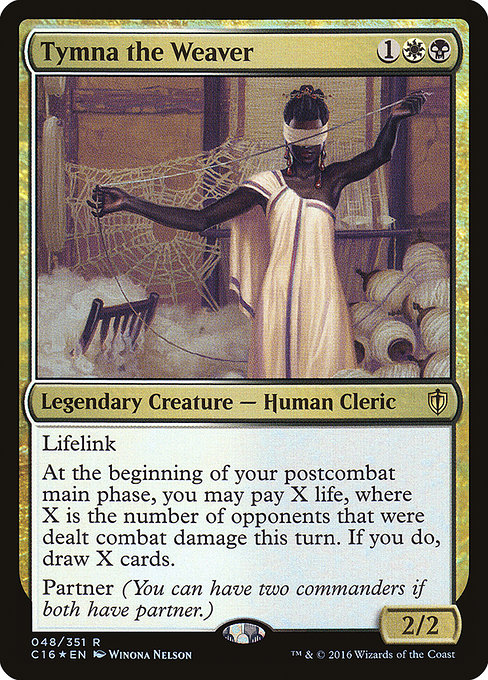Deck & Commander Strategies

Ketramose, the New Dawn
Focuses on manipulating life totals and drawing cards to fuel reanimator loops and generate a winning board state through recursion and value.
Celeste, Rune Knight
Utilizes graveyard reanimation to bring back impactful creatures and control the board with value creatures and enchantments.

Ureni of the Unwritten
Aggressively deploys dragons to leverage enter-the-battlefield triggers and overwhelm opponents with a fast, creature-based offense.

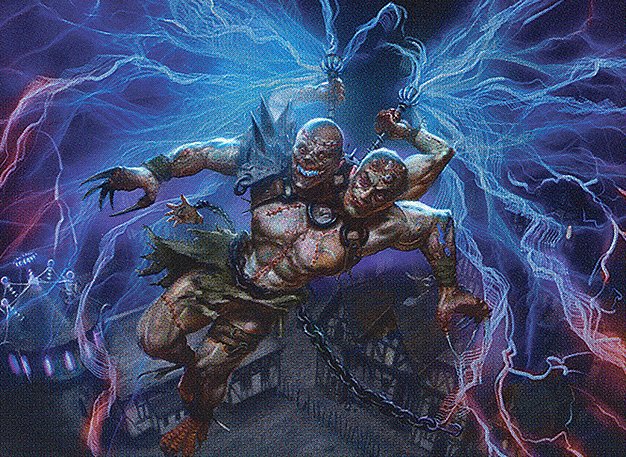
Tymna the Weaver & Kraum, Ludevic's Opus
Combines card advantage from combat damage and treasure generation to control the board and assemble combos or incremental advantage plays.
Gameplay Insights
- 1
The early Mystic Remora and its copy taxed opponents’ resources and slowed down their development significantly, demonstrating the power of tax effects in cEDH.
- 2
Casting Chrom and following up with Winds of Abandon was a pivotal play that cleared the board and shifted control, showcasing the impact of well-timed mass removal in a multiplayer setting.
- 3
Players prioritized disruption of key cards such as The One Ring and Smothering Tithe to prevent opponents from gaining incremental advantages and stabilizing their board states.
- 4
Repeated aggressive swings with Ragavan pressured opponents’ life totals early, forcing defensive plays and influencing attack decisions throughout the game.
- 5
The use of treasure generation by Tymna/Kraum not only ramped mana but provided flexibility for casting spells on opponents’ turns, contributing to maintaining tempo and board presence.
Notable Cards
-
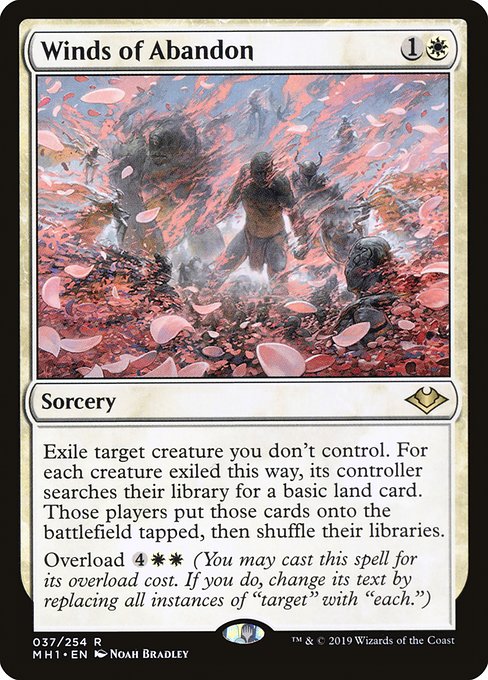
Winds of Abandon
-
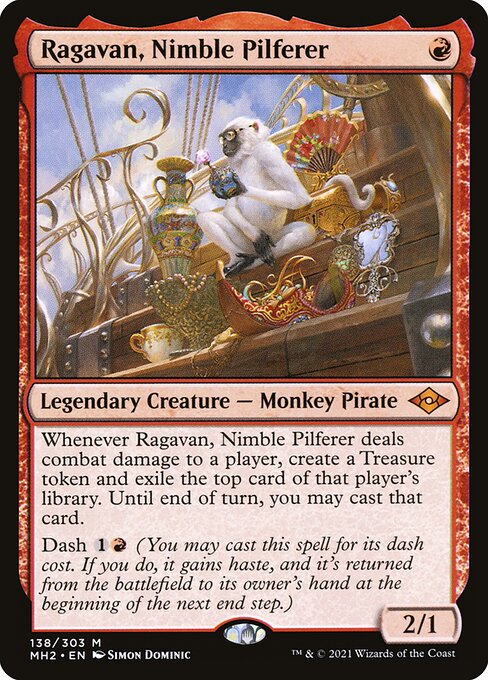
Ragavan, Nimble Pilferer
-
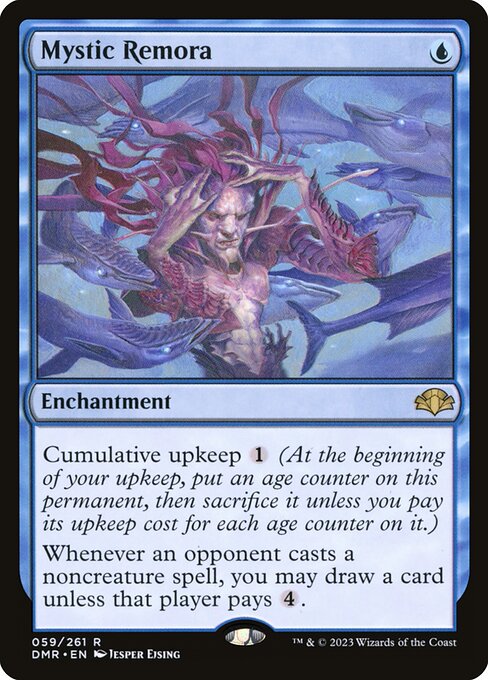
Mystic Remora
-
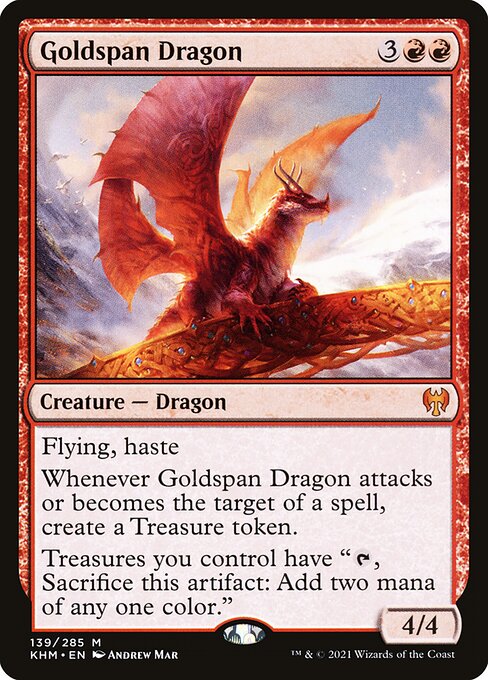
Goldspan Dragon
-
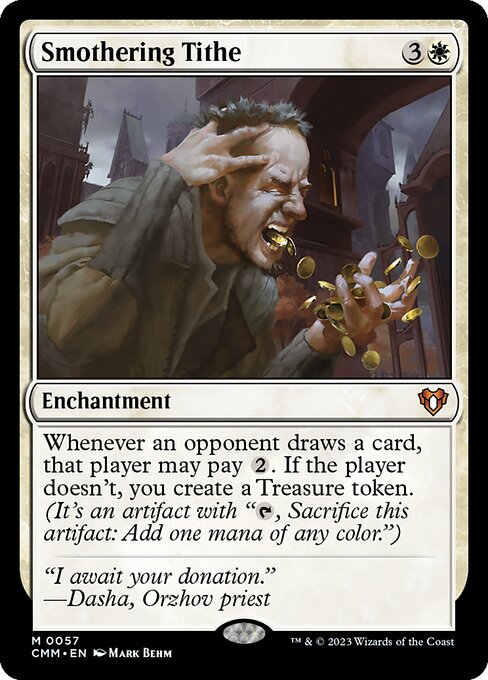
Smothering Tithe
-

The One Ring
Gameplay Summary
The game began with a typical competitive setup where each player developed their mana base and started deploying early threats and value engines.
Ketramose leveraged life payment and card draw synergies aiming for reanimator loops, while Celeste executed graveyard strategies to reanimate impactful creatures.
Ureni focused on aggressive dragon plays, capitalizing on ETB triggers to pressure opponents early.
Tymna and Kraum utilized treasure generation and card advantage engines to control the board and set up their combos. A key turning point occurred when Chrom was cast, followed by a Winds of Abandon that exiled all opponents' creatures, significantly disrupting the board state and resetting the aggressive creature strategies, especially impacting Ureni’s dragon rush and early threats.
The board wipe forced players to recalibrate their plans, with players relying on resilient value pieces like artifact-based mana sources and reanimation spells.
The game featured several tactical plays involving taxing effects like Mystic Remora and disruption via Witch’s Enchanter, combined with aggressive damage from creatures like Ragavan and repeated commander attacks to chip away at opponents’ life totals.
The overall momentum swung around resource denial and carefully timed board wipes, with players jockeying for position to execute their respective combo or value win conditions.


